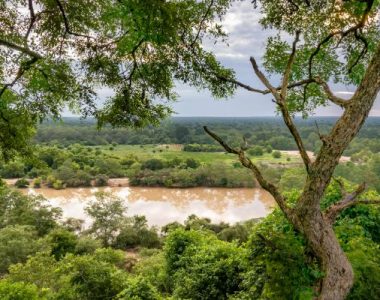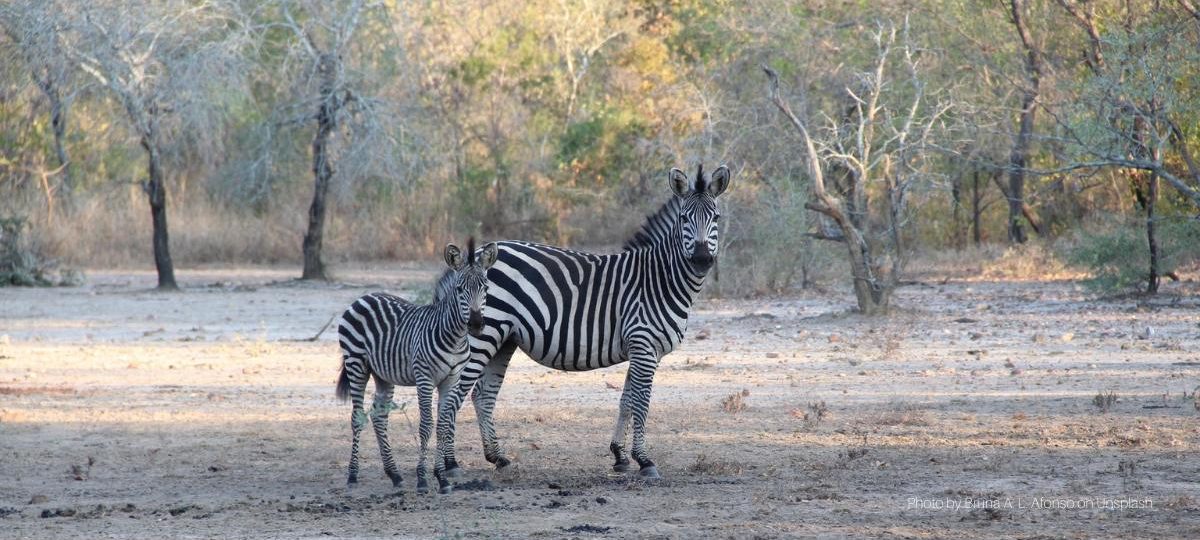Scientific reports reveal that biodiversity is rapidly declining worldwide. One of the most successful instruments for conserving the earth’s natural riches is to set up protected areas. Local and indigenous communities have applied this strategy for centuries, and governments and other organisations started following in their tracks from the 19th century. IUCN NL works towards the effective management of protected areas in South America, South-east Asia and Africa.
Facts
- There are currently over 250,000 protected areas on Earth (Feb. 2021), spread across 245 countries and territories.
- Over 25% of the Earth’s land surface is managed by indigenous communities. The right of indigenous peoples and local communities to manage land, water and natural resources is intrinsically linked to the protection of biodiversity.
- 150 countries have agreed that in 2020 at least 17% of the land surface and 10% of the ocean’s surface must be protected. New targets are expected to be defined during the next UN Convention on Biological Diversity (CBD) in May 2021 in Kunming (China).
- The six IUCN categories for protected areas form the international standard for effective management. They are recognised by official bodies such as the UN and an increasing number of countries are incorporating them in legislation.
- There are currently over 250,000 protected areas on Earth (Feb. 2021), spread across 245 countries and territories.
- Over 25% of the Earth’s land surface is managed by indigenous communities. The right of indigenous peoples and local communities to manage land, water and natural resources is intrinsically linked to the protection of biodiversity.
- 150 countries have agreed that in 2020 at least 17% of the land surface and 10% of the ocean’s surface must be protected. New targets are expected to be defined during the next UN Convention on Biological Diversity (CBD) in May 2021 in Kunming (China).
- The six IUCN categories for protected areas form the international standard for effective management. They are recognised by official bodies such as the UN and an increasing number of countries are incorporating them in legislation.
Threats
IUCN NL also notes that protected areas and other recognised areas rich in nature are no longer safe from, for example, mining and large-scale agricultural activities. Growing demand for soy and palm oil plays a major role in this respect, as does industry’s search for easy-to-extract minerals and rare minerals for the energy transition. This is why IUCN NL focuses on ways to effectively protect the areas.
Local involvement
Protected areas are often extremely important for the livelihood of the local population. What’s more, communities frequently attribute cultural or religious values to an area. At the same time they sometimes put nature in the area at risk, such as when they allow their cattle to graze there or by chopping down wood. Therefore, IUCN NL supports projects in which local communities play a key role and that lay the foundation for effective management of the area. Often, it concerns Indigenous and Community Conserved Areas (ICCA’s), areas that are de facto managed by indigenous communities.
‘Beschermde gebieden vormen de hoeksteen van biodiversiteitsbehoud.’
VN Biodiversiteitsconventie (CBD)
Landscape approach
In our work on protected areas we adopt a landscape approach: a multi-stakeholder dialogue in which various stakeholders participate in the area concerned. It primarily involves local communities, as well as NGOs, public authorities and businesses. The objective is to provide the protected area and adjacent areas with sustainable economic activities that help conserve or restore biodiversity.


A good example of the landscape approach
In the north of Ghana we work with the Ghanaian NGO A Rocha, which develops sustainable economic activities together with the local population and businesses around the Mole National Park.
Green corridors
The landscape approach not only increases support for effective management of protected areas, it also offers opportunities for nature conservation and restoration in the surrounding landscape. To prevent protected areas becoming islands of nature in a sea of development we encourage the development of green corridors. As a result of the corridors, natural migration routes for many animal species are conserved, thus ensuring the health of their populations.
Certification of protected areas
The IUCN established the first global certification system to recognise effective management of protected areas: The Green List of Protected and Conserved Areas. The areas can be included on this Green List for five years if they provide sufficient quality in four domains: good governance, sound design & planning, effective management and successful results for nature and people. The list now (2021) includes 49 areas in 15 countries.
Learn more?


Jan
Kamstra
no longer working at IUCN NL
